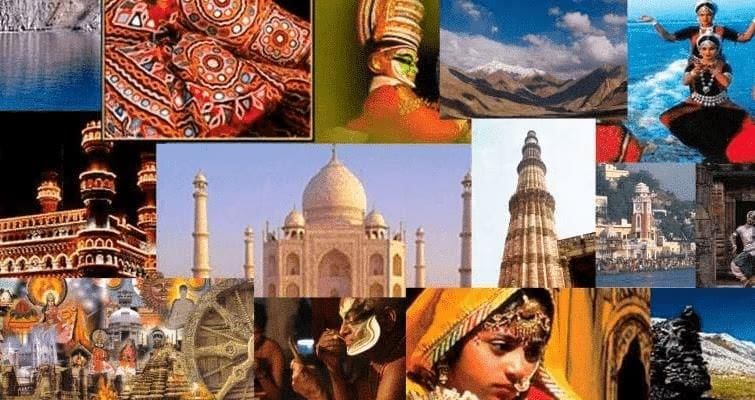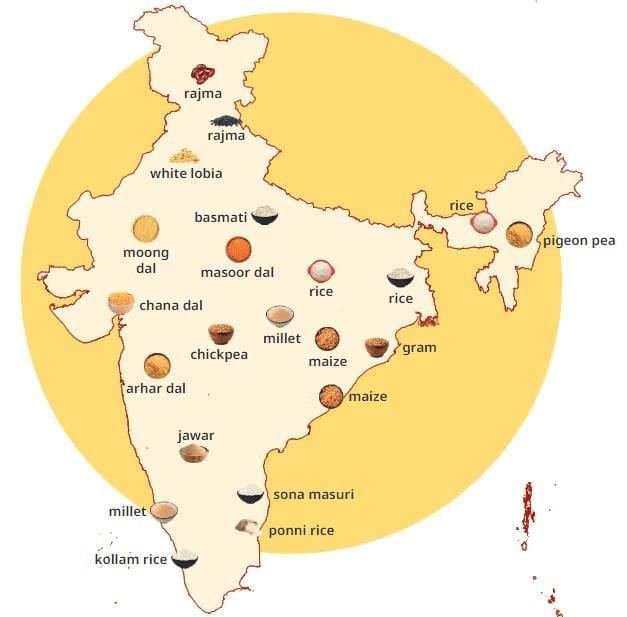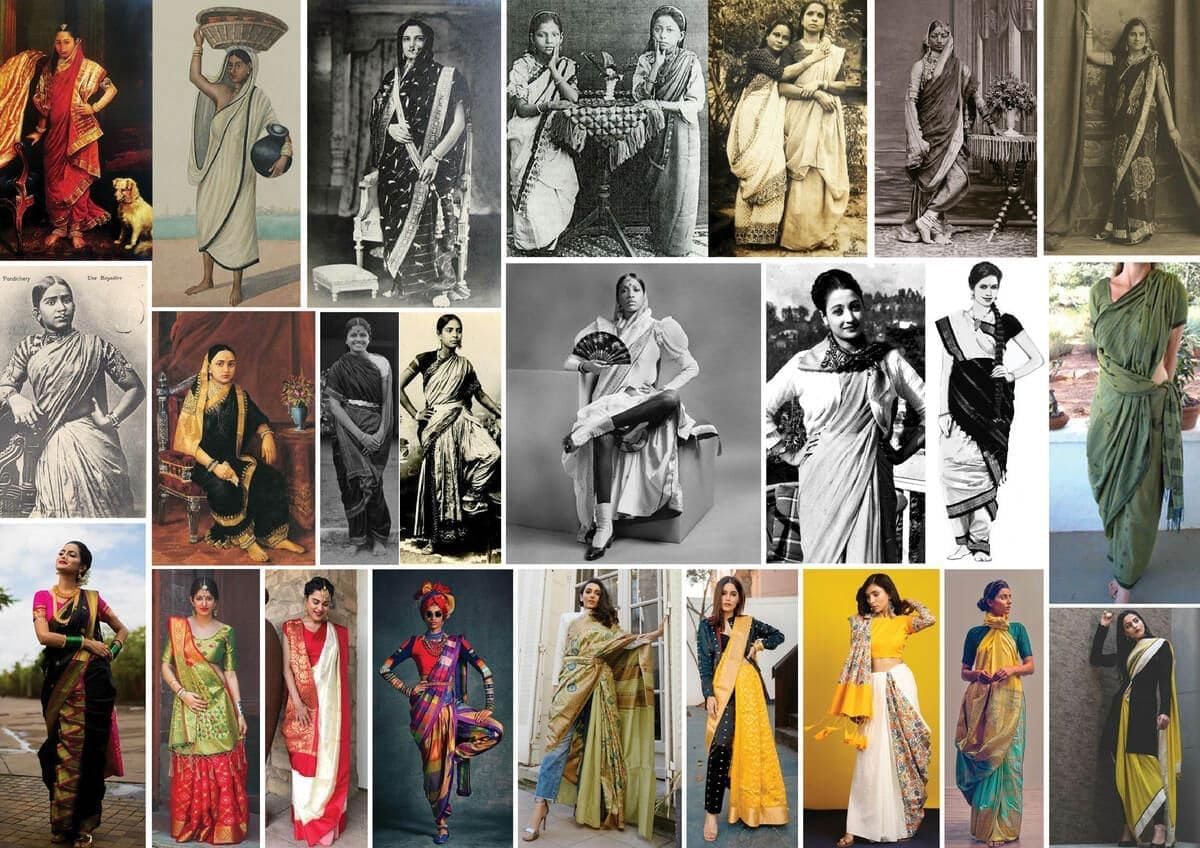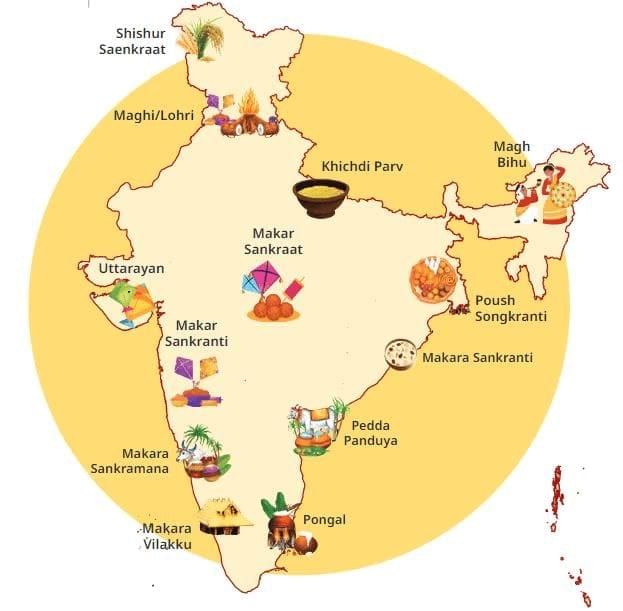Mnemonics: Unity in Diversity, or 'Many in the One' | Social Studies for Class 6 PDF Download
1. People of India Project (Anthropological Survey)
- 4,635 communities
- 325 languages
- 25 scripts
Mnemonic: “4 Communities, 3 Languages, 2 Scripts → India’s Many Ones”
(Helps fix 4635, 325, 25)

2. Staple Grains (Common in India)
- Rice, Barley, Wheat
- Millets: Bajra (Pearl), Jowar (Sorghum), Ragi (Finger millet)
- Pulses: Dals, Rajma, Gram, etc.
Mnemonic: "Rich Boys Wear Big Jackets Regularly During Games.”
- Rich = Rice
- Boys = Barley
- Wear = Wheat
- Big = Bajra
- Jackets = Jowar
- Regularly = Ragi
- During = Dal
- Games = Gram (and Rajma fits with Gram family)

3. Common Spices (Unity across India)
Turmeric, Cumin, Cardamom, Ginger
Mnemonic: “The Curry Cooks Great”
4. Famous Silk Saris
Banarasi, Kanjivaram, Paithani, Patan Patola, Muga, Mysore
Mnemonic: “Bright Kind People Prefer Many Materials”

5. Printed Cotton (Exported to Europe)
Chintz – so popular that England & France banned it
Mnemonic: “Chintz Charmed, Countries Cut imports”
6. Harvest Festival – Makara Sankranti (different names)
- Pongal (Tamil Nadu)
- Uttarayan (Gujarat)
- Lohri / Maghi (Punjab)
- Magh Bihu (Assam)
- Khichdi Parv (U.P./Bihar)
- Makar Vilakku / Sankramana (Kerala/Karnataka)
Mnemonic: “People Use Local Methods Kindly”
(P = Pongal, U = Uttarayan, L = Lohri/Maghi, M = Magh Bihu, K = Khichdi, M = Makar Vilakku)

7. Important Epics
Ramayana & Mahabharata
- Ramayana → Rama, Lakshmana, Hanuman vs Ravana
- Mahabharata → Pandavas with Krishna vs Kauravas
Mnemonic: “Rama’s Righteousness, Pandavas’ Persistence”
8. Famous Story Collection
Panchatantra – 2,200 years old, adapted into 200+ versions, 50+ languages
Mnemonic: “Panchatantra = 2,2,2 (2200 yrs, 200 versions, 50+)”
9. Tribal Communities with Epic Links
Bhils, Gonds, Mundas, Tribes of Northeast & Himalayas
Mnemonic: “Big Great Myths Thrive”
10. Key Takeaways of Unity in Diversity
- Immense diversity in landscapes, languages, dresses, foods, festivals, customs
- Underlying unity is always present
- Diversity enriches, not divides
Mnemonic: “Diversity Unites, Enriches” (DUE rule)
|
48 videos|293 docs|28 tests
|
FAQs on Mnemonics: Unity in Diversity, or 'Many in the One' - Social Studies for Class 6
| 1. What does "Unity in Diversity" mean in the context of India? |  |
| 2. How does travel enhance the experience of India's diversity? |  |
| 3. What are some staple grains and spices commonly used in Indian cuisine? |  |
| 4. What is the significance of the Sari in traditional Indian clothing? |  |
| 5. How do Indian festivals reflect the country's diversity? |  |
















